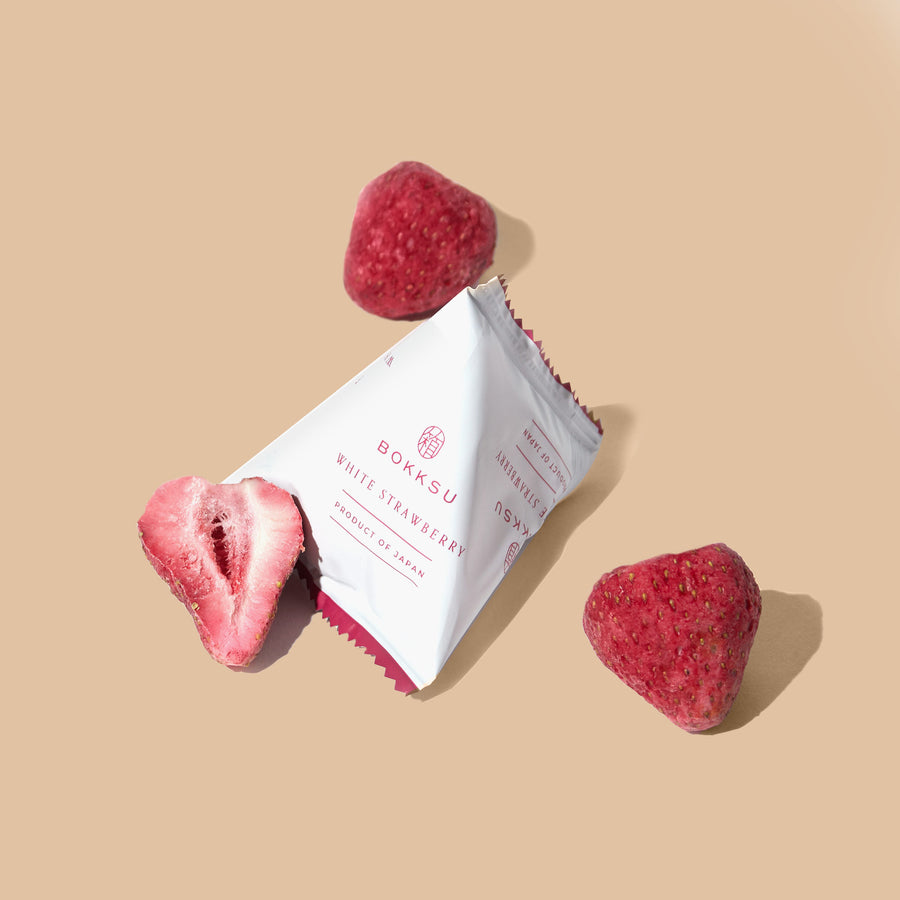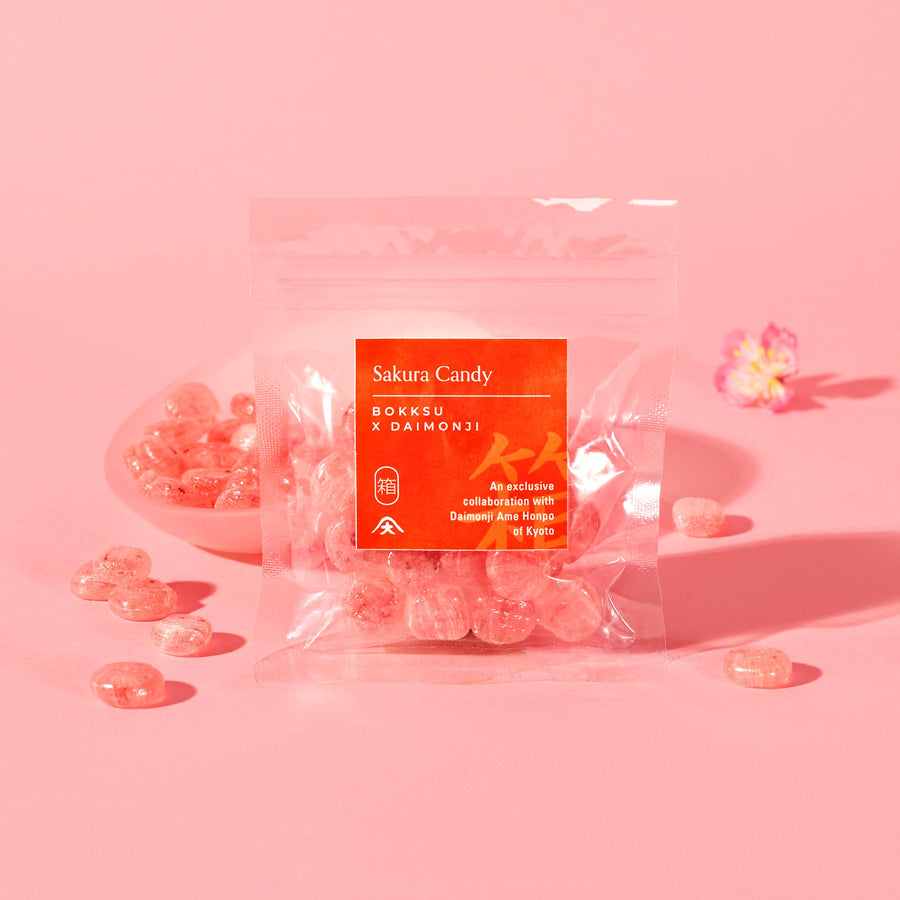Ramen Map to Japan
Ramen is one of Japan’s most popular foods. This dish has become so famous that it’s often associated solely with Japan, but it actually originated in China! Some say the dish came to Japan in the 1600s with a confucian scholar seeking refuge in Japan. However, the Yokohama Ramen Museum states the probable origin of ramen in Japan (or at least the beginning of it’s rise to popularity) is with Chinese immigrants arriving in the mid-1800s in Yokohama Chinatown.
Regardless of how ramen came to Japan, it has been fully embraced and each region has made it their own, varying flavors, toppings and noodles from region to region. So let’s discover the various regional ramen you can find in Japan.
Tokyo
Tokyo Ramen
As the capital of Japan, Tokyo is where you can find all kinds of ramen from all regions. But, when it comes to Tokyo ramen, people think of ramen made with dashi and chicken broth topped with pork slices (chashu), seaweed (nori), and a soft boiled egg (tamago). There are usually shio (salt) and shoyu (soy sauce) flavors. Light and clean taste of the broth will make it hard for you to stop drinking the hot broth even in summer.
Tsukemen
If you think Tokyo’s summer is crazy hot, Tsukemen can be a good option for you. Invented in Tokyo in the 1960s, Tsukemen is Tokyo’s summer favorite. The soup made with dashi stock and the noodles are served in two different bowls and people dip the noodles into the soup. The soup is stronger than usual ramen broth and the noodles are usually served cold or at room temperature, so the broth and the noodles balance out both the flavor and the temperature.
Jiro Ramen
Jiro ramen is a type of ramen you would want to try if you think you’ve reached a certain level in ramen adventurousness. The broth of jiro ramen is made with a mixture of super thick tonkotsu and shoyu broth. By “super thick,” we’re talking about pork broth so rich you can see oil and fat in it. It is served along with very thick noodles, a large amount of bean sprouts and cabbage and many slices of huge fatty roasted pork. Some people add minced garlic to balance out the fattiness. Its large serving size and richness tempts more and more people to challenge themselves to finish it and now jiro ramen can be found in other regions as well.
Hokkaido
Located in Hokkaido, the northernmost of Japan’s main islands, Sapporo is a well-known city for its annual snow festival. After visiting the snow sculpture festival and spending lots of time in snow, a bowl of hot and umami ramen is what you should try!
Sapporo - Miso Ramen
You might have heard of miso ramen before, but did you know that Sapporo is where miso ramen was invented? A bowl of ramen filled with umami miso broth and topped with bean sprouts, sweet corn, and pork slices is the most typical Sapporo miso ramen. Often it will even be topped with a pat of butter! It is also fun to try a couple of different miso ramen in Ganso Ramen Yokocho and Shin Ramen Yokocho which are the ramen alleys of Sapporo. You will find lots of variations of miso ramen in different restaurants.
Hakodate - Hakodate Ramen
Miso ramen is not the only type of ramen you can find in ramen alleys of Sapporo. You can also find shio ramen called hakodate ramen that hails from Hakodate, Hokkaido. This light, salt-based broth is one of the favorites in Hokkaido. You can have simple hakodate topped with menma (bamboo), negi and chashu or you can have it with lots of fresh seafood such as shrimp and uni that are caught in Hokkaido.
Muroran - Curry Ramen
Muroran is another city located in Hokkaido and is where curry ramen originated from. The noodles are thicker than other types of ramen and are made with wheat from Hokkaido. This type of noodle is perfect for soaking up the flavorful curry broth. The broth is richer than typical Japanese curry because the base is pork broth! You can also have spicier curry broth.
Aichi Prefecture
Nagoya - Taiwan Ramen
Taiwan ramen first started in Nagoya by an immigrant from Taiwan. This ramen is inspired by dan-zai noodles in Taiwan that are flavored with chili oil, coriander and shrimp broth. Instead, in Nagoya, they use shoyu broth. Ground pork mixed with chili oil and garlic chives adds spiciness to the ramen which makes ramen addictive and popular to people in Nagoya.
Fukuoka Prefecture
Fukuoka - Hakata Ramen
If you’re a fan of ramen, you must have tried rich and thick tonkotsu ramen (pork broth ramen) that had been boiled for at least 8 hours. In fact, Fukuoka is where tonkotsu ramen originated from. Named after a neighborhood in Fukuoka that was once an independent city, Hakata ramen is the all-time favorite of people in Fukuoka.
It first started in small food stalls called yatai to serve the laborers very quickly. This gave Hakata ramen distinctive characters that are different from other tonkotsu. Its noodles are very thin in order to cook fast and they are usually undercooked. Then, the bowl is filled with hot rich pork broth that will cook the noodles a bit more and is topped with lots of scallions (negi) and pork slices. It’s simple, but you will be able to taste amazing umami.
Hiroshima
Onomichi - Onomichi Ramen
Onomichi is a seaside town on the coast of Hiroshima along the Seto Inland Sea where seafood is abundant. For that reason, the broth of Onomichi is made with fresh seafood caught in the nearby sea. Then, they use shoyu to adjust the saltiness creating a clean umami flavor. Flat and thin noodles of this ramen also add a unique texture that distinguishes it from other ramen. There is no guided topping for this ramen, so you can find lots of variations for this one from pork and bamboo to chicken and seafood.
Kyoto
Takayama Ramen
Kyoto is not only packed with many historical places, but also offers a wide variety of ramen. Among those many types of ramen, Takayama ramen is something to look out for when visiting.The unique broth differentiates Takayama ramen from the other styles of ramen in this guide. It is made with chicken bones and bonito, and mixed with kaeshi sauce which is dark, mildly sweet soy sauce. This creates a clean and light shoyu broth with a bit of sweetness.
Tonkotsu Shoyu Ramen
Tonkotsu shoyu ramen is also a bit distinctive. Its broth is clear compared to other tonkotsu broths which are cloudy, but the added soy sauce makes the color darker. It is served with a large amount of tender pork slices and overflowing scallions. The saltiness of soy sauce and spiciness of scallions balance out all the greasiness and fattiness that might come from the broth and tender pork, which means it is going to be very addictive.
Wakayama Prefecture
Chuka Soba
Chuka Soba is probably the most traditional but the least famous ramen in Japan. It is shoyu ramen with a broth made from pork, chicken, fish and kelp. None of the broth ingredients overpowers one another, and they are very well balanced enhancing the richness of shoyu flavor. The name Chuka soba means “Chinese noodles”, and its noodles are Japanese interpretation of the original Chinese noodle dish that became what we now know as Japanese ramen. Chuka soba is served the most traditional way: simple shoyu broth and Chinese noodles, so don’t forget to try Chuka soba if you have a chance!
Okinawa
Okinawa Soba
After playing at the beach, there is nothing better than having a bowl of noodles for lunch. Okinawa soba is especially worth eating since it is distinctively different from ramen found in the rest of Japan. The broth is made with pork and dashi similar to other types of ramen, but the noodles are made just like udon noodles. You can also find unique toppings such as pork trotters or bone-in pork ribs which make it look more appetizing. Often Okinawa Soba is topped with beni shoga (red pickled ginger) that adds contrast to the savory broth. Almost all establishments that sell Okinawa soba will have koregusu, a local chili oil that can be drizzled in to add a spicy kick.
Which ramen sounds the most delicious to you? We’ve covered a lot here, but there are even more varieties of ramen in Japan. Different restaurants have their own way of making and topping ramen, so make sure to visit a couple of ramen restaurants next time you visit Japan!
Author Bio







 Bokksu Snack Box
Bokksu Snack Box







































